It is known as a symbol for great power, dominion, courage, and many other strong traits. It has enough strength to bring down a full grown buffalo and can deter its natural competitors with its great bulk, thick mane, and fearsome spirit. It is also the leader of a large group of fellow powerful hunters which few creatures would ever dare to challenge. It truly is no wonder that the lion has earned the title “king of the beasts.” Lions are some of the most distinctive and popular of animals. They are among the most interesting and mightiest predators alive today, renowned for their agility, power, intelligence, and beauty. Their social structures (called prides), unique among felines, make an already excellent hunter even more formidable. Although the lion lives in a land teeming with dangerous creatures, he is not intimidated by the challenges and risks he faces. For the lion, there is no such thing as false bravado. Such a thing is simply not fit for a mighty king.
animalpicturesarchive.com ©
Lions (Panthera leo) are the second largest felines after the tiger, reaching a length of around 8 feet, height of up to 4 feet, and weight of up to 500 lbs (females, known as lionesses, are smaller than males).[1] They are very powerful creatures, possessing large, muscular bodies which can vary from yellow to dark brown in coloration. Their tails end in darkly colored tufts, a trait unique to lions. Apart from being smaller, the lioness also lacks the mane of the male lion. Her lighter build and lack of a thick, heavy mane makes her a more effective hunter. The male’s mane is not entirely a hindrance, though. It is an effective form of intimidation when confronted by rival lions or other animals such as hyenas.[2] A dark mane is indicative of a mature, healthy lion. The surrounding environment’s temperature also influences the growth of a lion’s mane.[3] A dark mane also gives a male lion an advantage when it comes to reproduction, as females will generally prefer these males.[4] This is only natural, as a mother would always want her offspring to have a mature, healthy father for protection. One might say that the mane is the crown of the male lion, and the king always requires a good crown.
The male lion is easily distinguished by his greater size and thick mane. luxurysafariafrica.net
Though lions once lived throughout most of Africa and parts of Asia and Europe, their populations have been vastly reduced. They now only occur in parts of sub-Saharan Africa and the Gir Forest of India.[5] This tragic reduction in population is due to conflicts with humans (specifically farmers and ranchers, which are forced to kill the lions in order to protect their livestock) as well as habitat loss, issues which continue to threaten the future of these majestic beasts. There are now less than 50,000 lions in the world today.[6] Fortunately, national parks and game reserves have become very useful in the conservation of lions. Conservation groups are also developing strategies for protecting the livestock of farmers without having to harm the remaining lion population.
Despite their fierce reputation, lions are very social animals. A lion pride consists of many lionesses and cubs and 1-3 male lions. The total number of lions in a pride can range anywhere from 15 to 40 members.[7] These family-friendly cats form surprisingly strong bonds; members of prides will commonly head-rub and lick each other in affection.[8] The role of each lion is usually related to the lions’ genders. Females will hunt for prey while males defend and protect their territory. However, although the males rarely take part in hunting, they are usually the first to eat once a kill is successful.[9] Younger lions do not assist in hunts until they are about one year old.[10] Prides are actually just one of two different lion social groups. Male lions eventually leave their original prides once they mature, becoming nomads until they are able to join a new pride. Nomads may consist of one or two male lions, usually related. Female nomads also exist, but they face much greater challenges than the males; lionesses will rarely accept unrelated females into their prides.[11] Nomad males who are able to expel the previous male or males from a pride will always kill all existing cubs.[12] The reasons behind this violent act may be to allow the females to become receptive once more to mating, allowing the new male (or males) to pass on their genes. Interestingly enough, lionesses will allow the new males to carry out this act.
Lions are the only social cats, forming prides which can consist of up to 40 members. pictures-of-african-animals.info
The pride’s greatest use probably comes in when hunting. Since the lioness is not held back by a mane (which can cause overheating in the already high temperatures of the environment) and has less bulk than the male, she makes a much more effective hunter. These intelligent big cats hunt in coordinated groups, greatly raising their chances of scoring a successful kill. Still, catching prey is easier said than done. All it takes is one herbivore to spot a lion before the entire group takes off in panic. Furthermore, as fast as lions are (lionesses can reach a top speed of 50 mph),[13] they cannot keep up their high speed for very long. To make matters worse, their prey can usually sprint for much longer periods of time. Lions find ways around these problems by hunting at night, when the herbivores cannot see as well. Even then, many lions are able to hunt successfully during daytime hours. These skilled hunters can often surround a herd and are able to stealthily close in on their chosen target (usually a very young, old, or sick/injured animal in order to make the hunt easier) before springing into action. Once the lions make themselves known, the herbivores begin to sprint away together. However, the lions remain locked onto the target they chose before initiating the attack. If the lions were able to encircle the herd and sneak in close enough before attacking, then they have a good chance of reaching and taking down their agile prey. Once a sprinting lion draws near to its target, it will leap and grasp it using its large, sharp claws. The claws sink in deep, and continue to do so as the prey struggles in an attempt to escape. The animal is usually brought down by the lion’s immense strength. The lion will then clamp its powerful jaws around the animal’s neck or nasal area in an attempt to kill it via strangulation, leading to asphyxia or cerebral ischemia.[14] The lion may also enclose the animal’s nose and mouth in its jaws, which would also asphyxiate and kill it.[15] With this power and teamwork, nothing is truly safe from a pride of lions. Preferred prey within the African lion range includes wildebeest, impala, zebras, buffalo, and warthogs.[16] Asiatic lions will hunt Indian varieties of wild pigs and antelope, as well as cattle.[17] However, large prides of lions are known to attack and kill just about any animals they come across in their search for food. Not even adult elephants are safe from these mighty hunters.[18]
Buffalo are common prey for lions. Photo credit: Scotch Macaskill
Lions face little competition from other predators. They can easily steal kills from other formidable predators such as cheetahs, leopards, and wild dogs. They will also kill these animals given the chance, and even attack and kill their cubs. In order to lower the chances of confrontations with lions, cheetahs and leopards will hunt at different times of the day than lions. Leopards also attempt to carry their cubs and kills up trees to keep them away from the larger and much stronger lions, though lionesses are sometimes successful in climbing trees as well. Lions are also known to dominate spotted hyenas much in the same way, though hyenas are sometimes able to force lions away from kills and will also react violently to lions entering the hyenas’ territory.[19] Nile crocodiles are probably the only predators which can individually threaten lions. The large reptiles are known to occasionally compete with lions over food. These situations are usually nonviolent, with the larger and healthier animal intimidating the other away from the food. However, both predators are known to attack and kill each other on occasions.[20][21] Still, many animals prefer to stay clear out of a pride’s way. Although an individual lion is a force to be reckoned with, an entire pride’s combined power can spell doom for any challenger. One simply does not quarrel with these big cats.
African lions and Nile crocodiles have been known to occasionally attack each other. A Nile crocodile is pictured here. wildlifepicturesonline.com
Lions do not mate at a specific time of the year. Instead, the females are polyestrous, going into heat at several points in a year. The lioness has a gestation period of about 110 days, and will give birth to a litter of 1-5 cubs. The cubs benefit from the pride’s social community, as lionesses will babysit each other’s cubs and even nurture cubs which have been abandoned by their mother.[22] One does not have to study lions for very long to realize that their social lifestyle is the secret to their success. Although lions possess great strength, they are also very parental and protective creatures which do their best to ensure their offspring a chance to survive despite the dangerous wilderness that surrounds them.
The lioness is both a powerful hunter and a caring mother. africanwildlifepictures.com
Lions are simply amazing animals. The male lion is a majestic creature which risks his life for the safety of his pride. The lioness is a powerful hunter which also possesses the traits of a caring mother. Their social nature makes lions unique among felines and has allowed them to become dominant predators in a land where another day of life is never guaranteed. Though their numbers are dwindling, national parks, game reserves, and conservation groups have provided the species with much protection. There is plenty of hope left for this majestic feline, which continues to captivate and inspire people to this day as the mighty “king of the beasts.”
[1] “African Lion.” Defenders of Wildlife.com. Available from http://www.defenders.org/wildlife_and_habitat/wildlife/lion.php. Internet; accessed 12 April 2011.
[2] Trivedi, Bijal P. (2005). “Are Maneless Tsavo Lions Prone to Male Pattern Baldness?”. National Geographic. http://news.nationalgeographic.com/news/2002/04/0412_020412_TVtsavolions.html. Retrieved 12 April 2011.
[3] West, Peyton M.; Packer, Craig (August 2002). “Sexual Selection, Temperature, and the Lion’s Mane”. Science 297 (5585): 1339–43. doi:10.1126/science.1073257. PMID 12193785.
[4] Trivedi, Bijal P.. “Female Lions Prefer Dark-Maned Males, Study Finds.” (2002): National Geographic.com. 22 Aug 2002.
[5] “African Lion.” National Geographic.com. Available from http://animals.nationalgeographic.com/animals/mammals/african-lion/. Internet; accessed 12 April 2011.
[6] “More information on Lions.” Lions.org. Available from http://www.lions.org/lion-the-animal-more.html. Internet; accessed 12 April 2011.
[7] “Lion, The King of the Jungle.” Lions.org. Available from http://www.lions.org/lion-the-animal.html. Internet; accessed 12 April 2011.
[8] “African Lion.” Defenders of Wildlife.com. Available from http://www.defenders.org/wildlife_and_habitat/wildlife/lion.php. Internet; accessed 12 April 2011.
[9] “More information on Lions.” Lions.org. Available from http://www.lions.org/lion-the-animal-more.html. Internet; accessed 12 April 2011.
[10] “African Lion.” National Geographic.com. Available from http://animals.nationalgeographic.com/animals/mammals/african-lion/. Internet; accessed 12 April 2011.
[11] “Lion, The King of the Jungle.” Lions.org. Available from http://www.lions.org/lion-the-animal.html. Internet; accessed 12 April 2011.
[12] Packer, C., Pusey, A. E. (May 1983). “Adaptations of female lions to infanticide by incoming males”. American Naturalist 121 (5): 716–28. doi:10.1086/284097.
[13] “African Lion.” Defenders of Wildlife.com. Available from http://www.defenders.org/wildlife_and_habitat/wildlife/lion.php. Internet; accessed 12 April 2011.
[14] Dr Gus Mills. “About lions—Ecology and behaviour”. African Lion Working Group. http://www.african-lion.org/lions_e.htm. Retrieved 13 Aug 2011.
[15] Nowak, Ronald M. (1999). Walker’s Mammals of the World. Baltimore: Johns Hopkins University Press.
[16] “African Lion.” www.philadelphiazoo.org. Available from http://www.philadelphiazoo.org/zoo/meet-our-animals/mammals/carnivores/african-lion.htm. Internet; accessed 13 April 2011.
[17] “Asiatic lion.” www.bristolzoo.org. Available from http://www.bristolzoo.org.uk/asiatic-lion. Internet; accessed 13 April 2011.
[18] Kemp, Leigh. “The Elephant Eaters of the Savuti”. go2africa. http://www.go2africa.com/africa-travel-articles/elephant-eaters-of-the-savuti. Retrieved 13 April 2011.
[19] Trinkel, Martina; Kastberger, Gerald (2005). “Competitive interactions between spotted hyenas and lions in the Etosha National Park, Namibia”. African Journal of Ecology 43 (3): 220–24.
[20] “Crocodiles!—PBS Nova transcript”. Pbs.org. 28 April 1998. http://www.pbs.org/wgbh/nova/transcripts/2509crocs.html. Retrieved 21 November 2010.
[21] Guggisberg, Charles Albert Walter (1972). Crocodiles: Their Natural History, Folklore, and Conservation. Newton Abbot: David & Charles. p. 195.
[22] “More information on Lions.” Lions.org. Available from http://www.lions.org/lion-the-animal-more.html. Internet; accessed 12 April 2011.

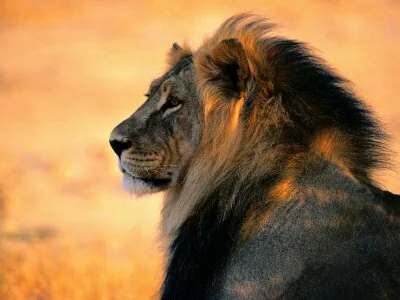
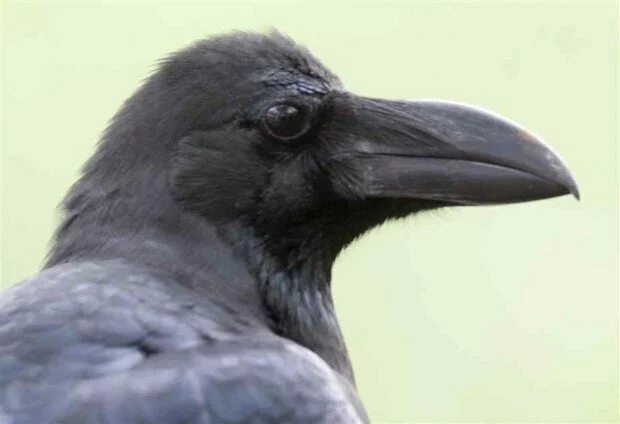
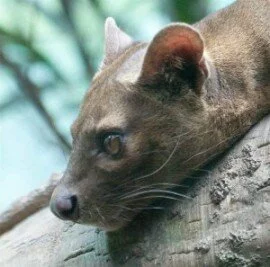
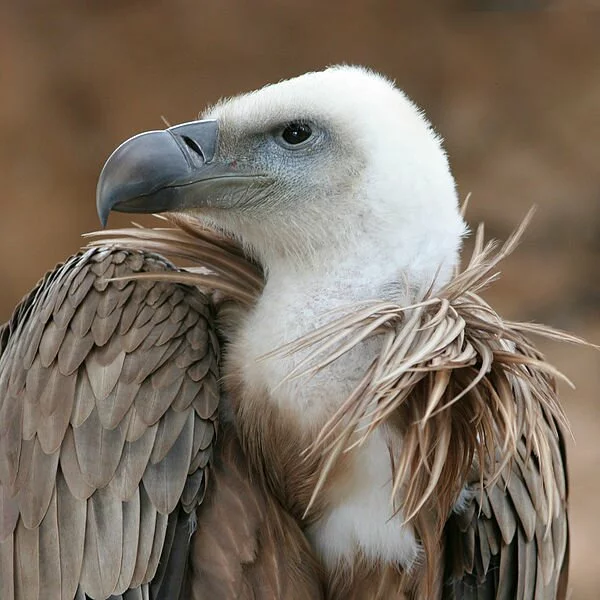
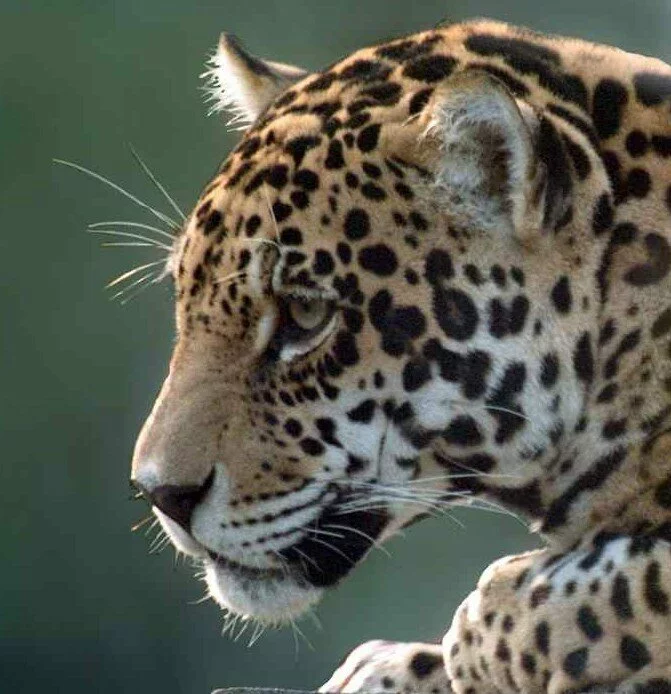
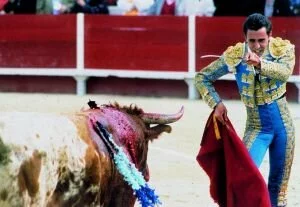
So, not really too good at writing these types of reviews but to put it very shortly, your style of writing is very formal and I understood everything completely while reading it. I would read this stuff if I had to do some research on biology (animals and whatnot) for maybe something school related. I myself am not a science person, but it is interesting reading these posts and learning new things myself.
GOOD JOB, LUIS! KEEP ON GOING!
Thank you, Mrs. Crystal. I will continue to try my best to make the articles informative and enjoyable. Thank you for your encouraging comment.